Home>Ideas and Tips>How To Design A Woodland Garden
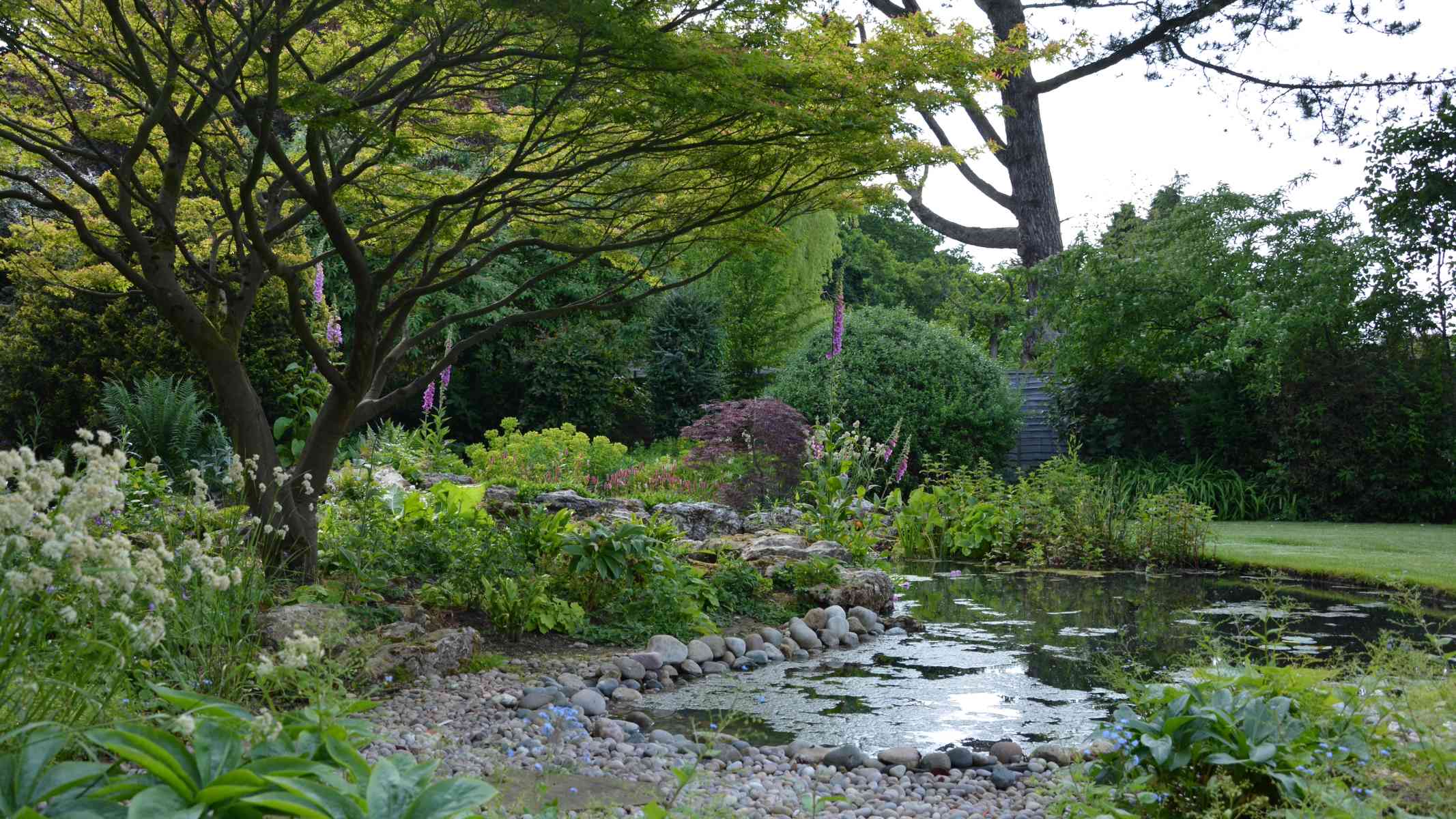

Ideas and Tips
How To Design A Woodland Garden
Modified: September 2, 2024
Learn how to design a serene woodland garden with our step-by-step guide. Discover plant selection, pathways, and wildlife tips for a thriving natural haven.
(Many of the links in this article redirect to a specific reviewed product. Your purchase of these products through affiliate links helps to generate commission for Storables.com, at no extra cost. Learn more)
Creating a woodland garden is a rewarding and immersive experience that can transform any outdoor space into a serene and natural haven. Whether you have a small backyard or a larger property, designing a woodland garden can be both a challenge and a delight. In this article, we will guide you through the steps and considerations necessary to create a beautiful and thriving woodland garden.
Assessing Your Space
Before diving into the design process, it is crucial to assess your space. Start by evaluating the existing trees and vegetation on your property. Woodland gardens often thrive in areas with existing trees, as these provide the necessary shade and structure for the garden. However, if your property is treeless, you can still create a woodland effect by planting semi-mature trees or using other design elements like fencing and hardscaping to mimic the look of a natural woodland.
Read more: How To Design A Cut Flower Garden
Evaluating Light Conditions
Light conditions are essential in designing a woodland garden. The dappled shade provided by trees is ideal for many plants, but it's also important to consider the amount of sunlight that filters through the canopy. Some plants require more sunlight than others, so it's crucial to choose plants that are suitable for your specific light conditions.
Identifying Soil Conditions
Soil conditions also play a significant role in designing a woodland garden. Woodland plants often thrive in acidic soils, so if your soil is alkaline, you may need to adjust it by adding organic matter like compost or leaf mold. Additionally, consider the drainage of your soil; woodland plants prefer well-drained soils to prevent waterlogged conditions.
Choosing the Right Plants
Selecting the right plants is one of the most critical steps in designing a woodland garden. The plants you choose should be able to thrive in shade and acidic soils. Here are some popular plants for a woodland garden:
Ground Layer
The ground layer consists of perennial plants such as violets, ferns, and wildflowers. These plants form the carpet of your woodland garden and provide year-round interest with their varied foliage and flowers.
Read more: How To Design A Low-Maintenance Landscape
Understory Layer
The understory layer includes bushier species like mountain laurel, spicebush, and dogwood. These plants provide structure and interest in the garden while also attracting wildlife.
Top Layer
The top layer consists of taller trees like maple and oak. These trees create the canopy that filters the sunlight and provides dappled shade for the understory plants.
Native Plants
Using native plants is highly recommended for a woodland garden. Native plants are adapted to the local climate and soil conditions, making them easier to maintain and more likely to thrive. Examples of native plants include native azalea (Rhododendron arborescens), mountain camellia (Stewartia ovata), and native hydrangea (Hydrangea arborescens).
Designing the Pathways
Pathways are essential in a woodland garden as they allow you to navigate through the garden without trampling the plants. Here are some tips for designing pathways:
Read more: How To Design A Rock Garden
Meandering Paths
Meandering paths are more natural and inviting than straight paths. They also provide welcome surprises around each bend, making the journey through the garden more enjoyable.
Materials for Pathways
Choose organic materials for your pathways, such as sand, gravel, or wood chips. These materials blend seamlessly into the natural environment and do not raise the soil pH, which is beneficial for many woodland plants. Avoid using limestone or other materials that can alter the soil pH.
Edging the Pathways
Use logs or branches to edge your pathways. This not only defines the route but also adds to the rustic charm of your woodland garden. Avoid using stone, brick, or sleepers as they can become slippery when wet.
Creating Boundaries
Boundaries are necessary in a woodland garden to define the space and create a sense of enclosure. Here are some options for creating boundaries:
Read more: How To Design A Cottage-Style Garden
Weathered Wood Fencing
Weathered wood fencing is ideal for a woodland garden as it blends seamlessly into the natural environment. Look for old fencing at reclamation yards or have a new one made from cleft oak that will develop a patina of age over time.
Laid Hedges
Laid hedges are another option for creating boundaries in a woodland garden. These hedges can be made from native plants like brambles and honeysuckle, which add to the natural charm of the garden.
Dry-Stone Walls
Dry-stone walls are rustic and visually appealing. They can be used to create boundaries in a woodland garden and also provide additional seating areas or planters.
Enhancing Wildlife Habitat
A woodland garden is not just about aesthetics; it's also about creating a habitat for wildlife. Here are some tips for enhancing your garden's wildlife habitat:
Read more: How To Design A Cottage-Style Cutting Garden
Leaving Logs
Leave logs lying around in your garden to provide shelter and food for wildlife. Logs can also be used as natural birdhouses or insect habitats.
Berry-Bearing Plants
Plant berry-bearing plants like wild strawberries and serviceberries to feed birds and other wildlife. These plants are easy to grow and provide a natural source of food.
Birdhouses
Provide birdhouses if your largest trees do not have nesting hollows. This will attract birds and other avian visitors to your garden.
Water Source
Create a water source like a stream or pool to attract wildlife. If this is not possible, sink a large pebble-lined terra-cotta plant saucer in the ground to create a natural-looking birdbath.
Read more: How To Design A Cottage-Style Flower Garden
Building Flower Beds
Building flower beds is an essential part of designing a woodland garden. Here are some tips for creating flower beds:
Using Found Rocks
Save any rocks you find while digging up the area for your new woodland garden. Use these rocks to create flower beds that mimic the natural look of a woodland floor.
Partially Burying Rocks
Partially bury the rocks in a random pattern to create nooks and crevices for planting small woodland plants. This method allows for a more natural look and provides additional planting space.
Adding Hardscaping
Hardscaping elements like benches, benches, and resting places can enhance the overall experience of your woodland garden. Here are some tips for adding hardscaping:
Read more: How To Design A Butterfly-Shaped Herb Garden
Benches and Resting Places
Provide benches or other resting places along your paths so that you and others can enjoy the garden without fatigue. These resting places can be made from natural materials like wood or stone.
Simple Color Choices
When adding hardscaping elements like porches, decks, fences, and furniture, choose simple color choices like white. White stands out in the woodland and draws the eye from one setting to the next, creating a cohesive look throughout the garden.
Maintenance Tips
Maintaining a woodland garden is relatively low maintenance compared to other types of gardens. Here are some tips for maintaining your woodland garden:
Mulching
Mulch your garden beds every other year to enrich the soils and prevent weeds from growing. Mulching also helps retain moisture in the soil during dry periods.
Read more: Cottagecore Aesthetic: How To Nail The Look
Pruning
Prune your trees and shrubs regularly to maintain their shape and promote healthy growth. Pruning also helps control the amount of sunlight that filters through the canopy, ensuring that your plants receive the right amount of light.
Weeding
Remove weeds regularly to prevent them from competing with your plants for water and nutrients. Weeding also helps maintain the natural look of your garden by preventing weeds from growing in unwanted areas.
Conclusion
Designing a woodland garden is a rewarding experience that requires careful planning and attention to detail. By assessing your space, choosing the right plants, designing pathways, creating boundaries, enhancing wildlife habitat, building flower beds, adding hardscaping elements, and maintaining your garden regularly, you can create a beautiful and thriving woodland garden that provides year-round interest and relaxation. Whether you have a small backyard or a larger property, the principles outlined in this article will guide you through the process of creating a serene and natural haven that celebrates nature in all its haphazard glory.
Was this page helpful?
At Storables.com, we guarantee accurate and reliable information. Our content, validated by Expert Board Contributors, is crafted following stringent Editorial Policies. We're committed to providing you with well-researched, expert-backed insights for all your informational needs.
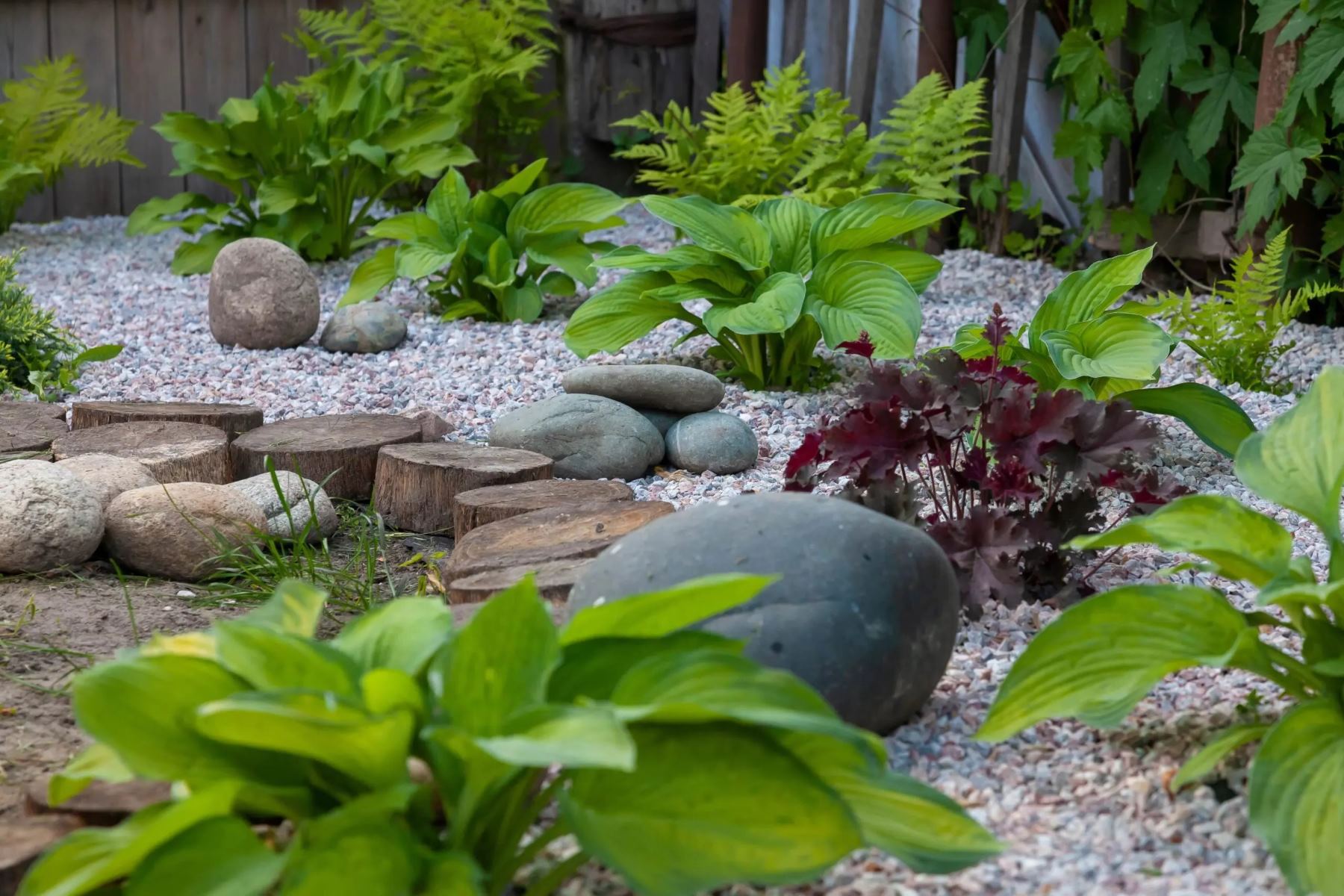
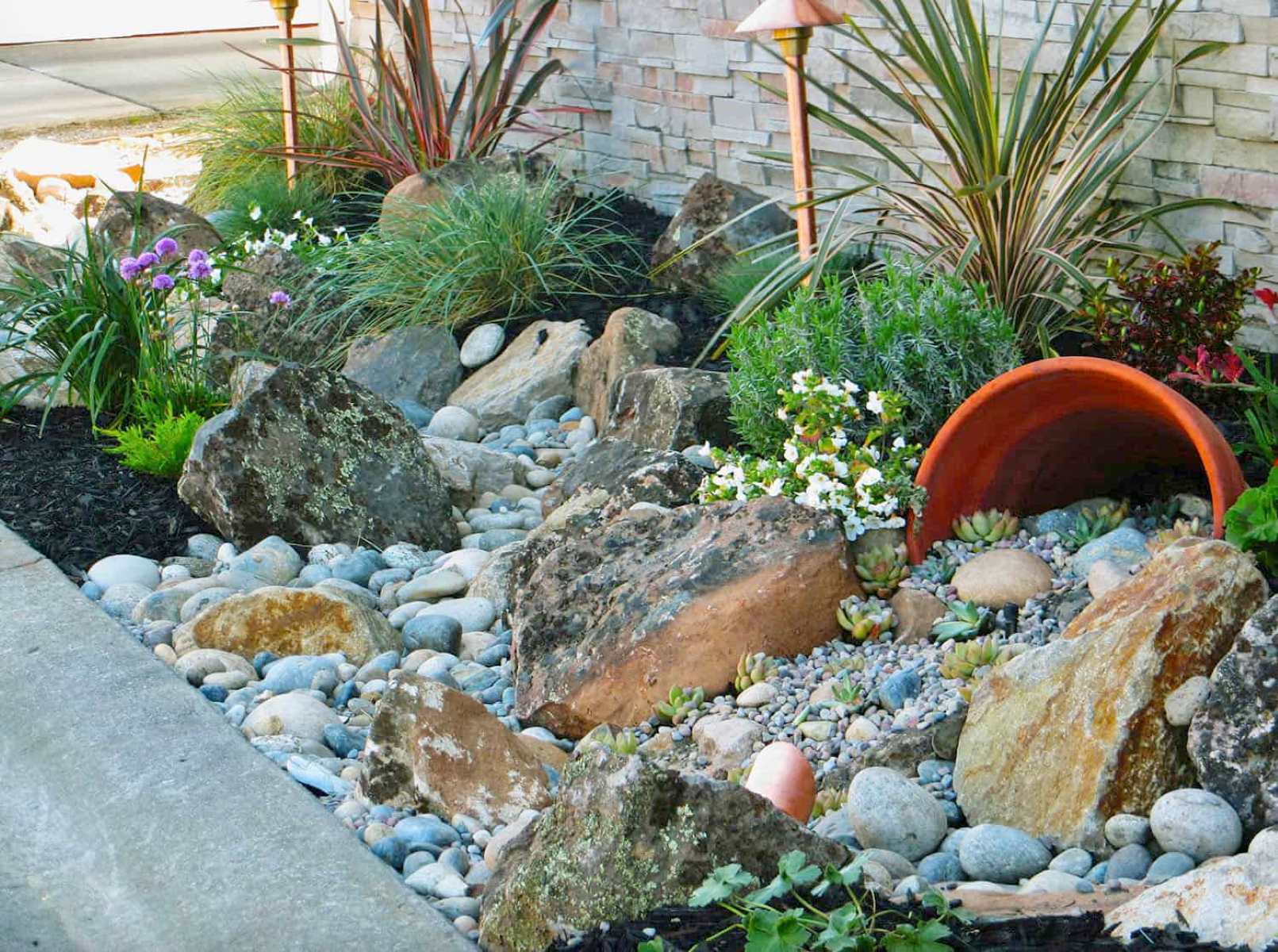
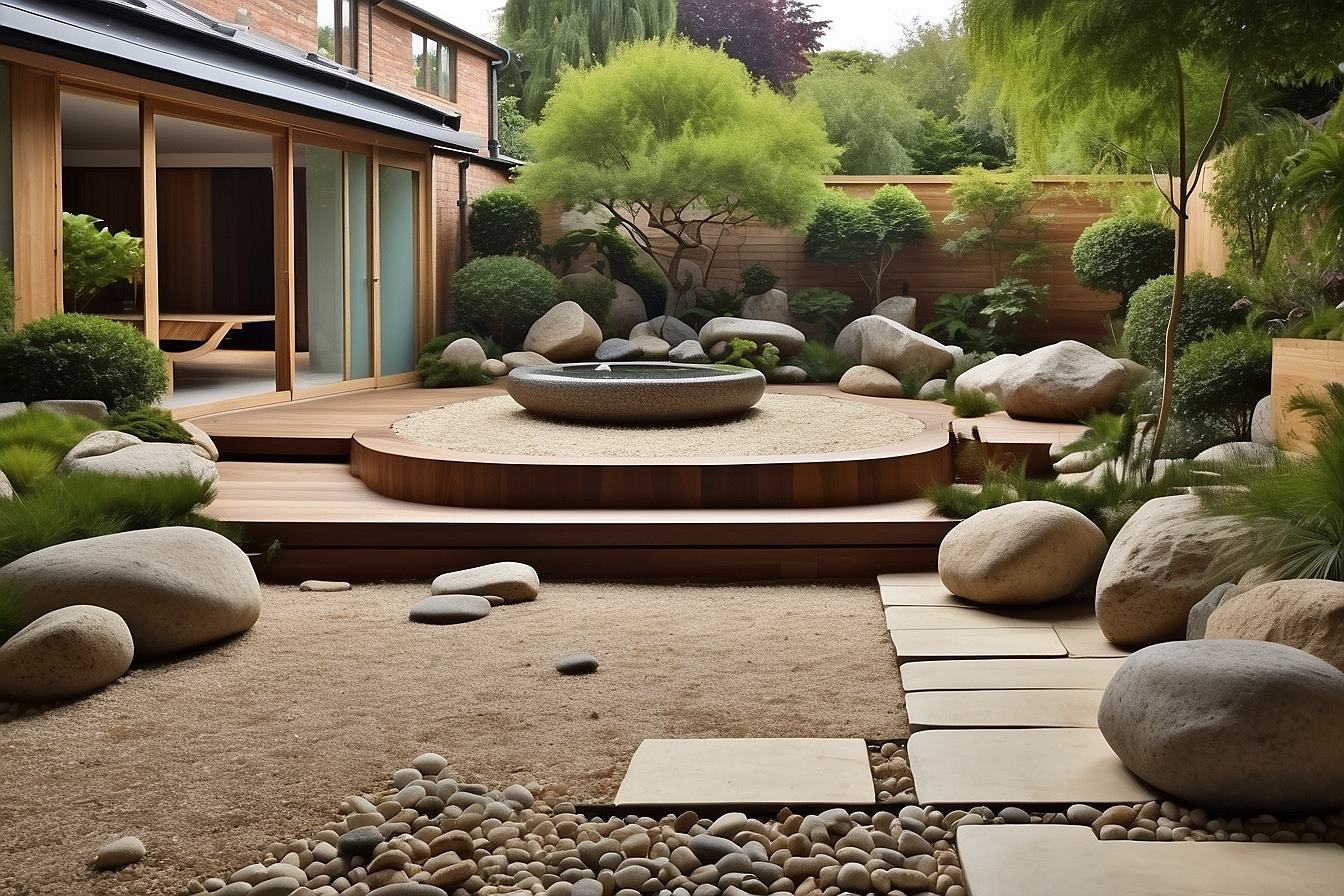
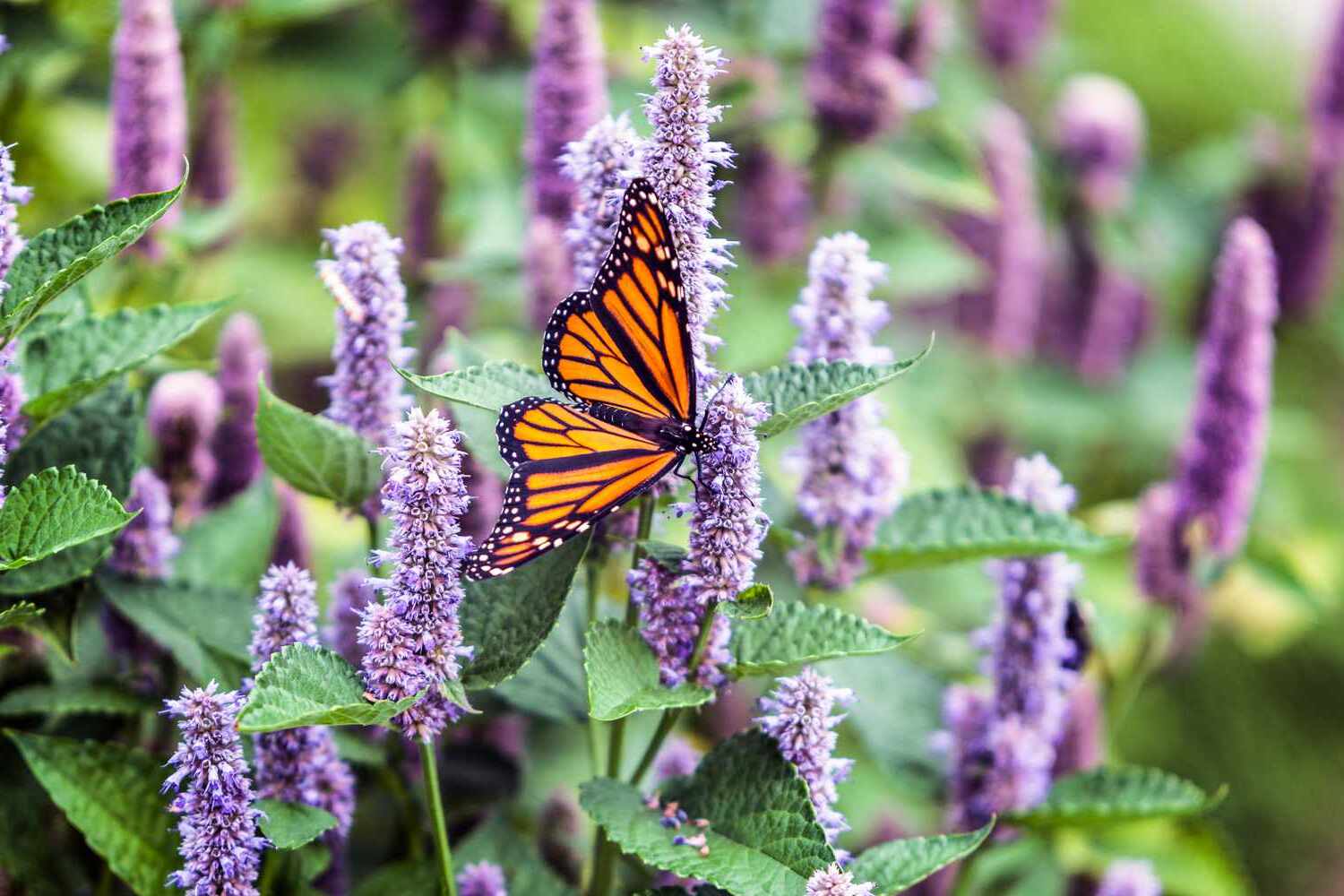
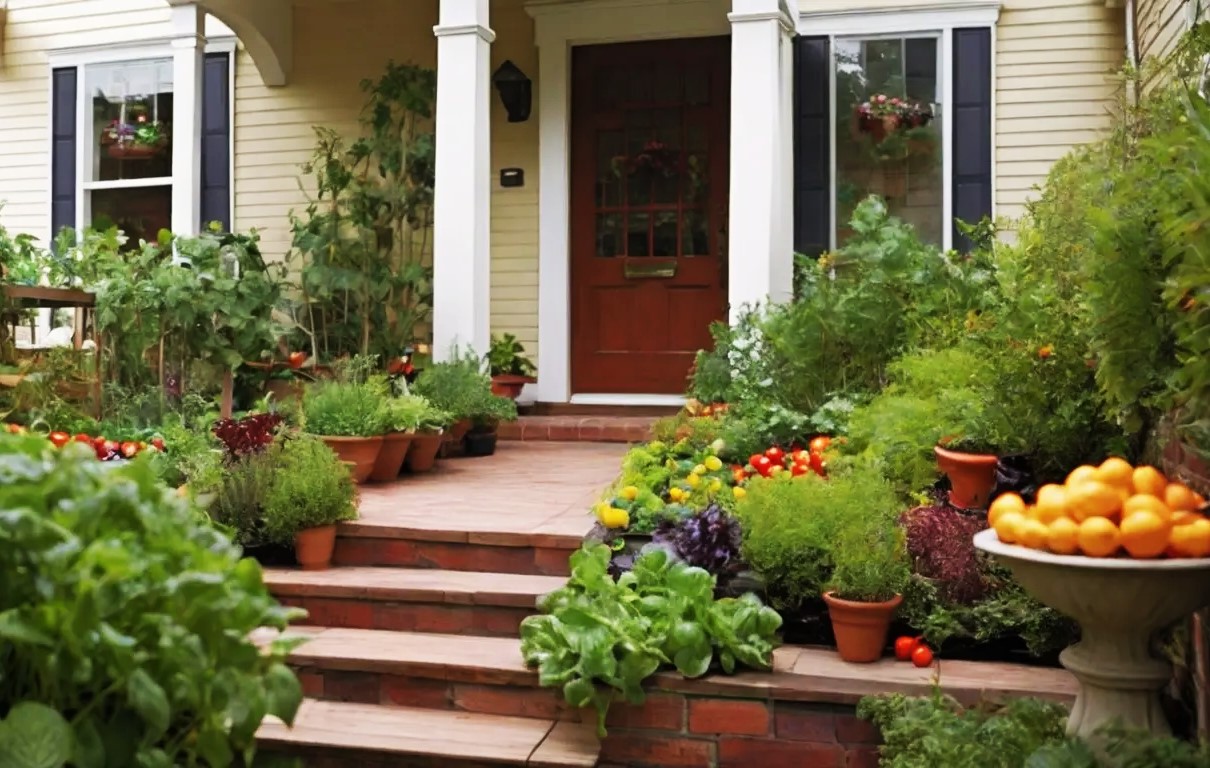
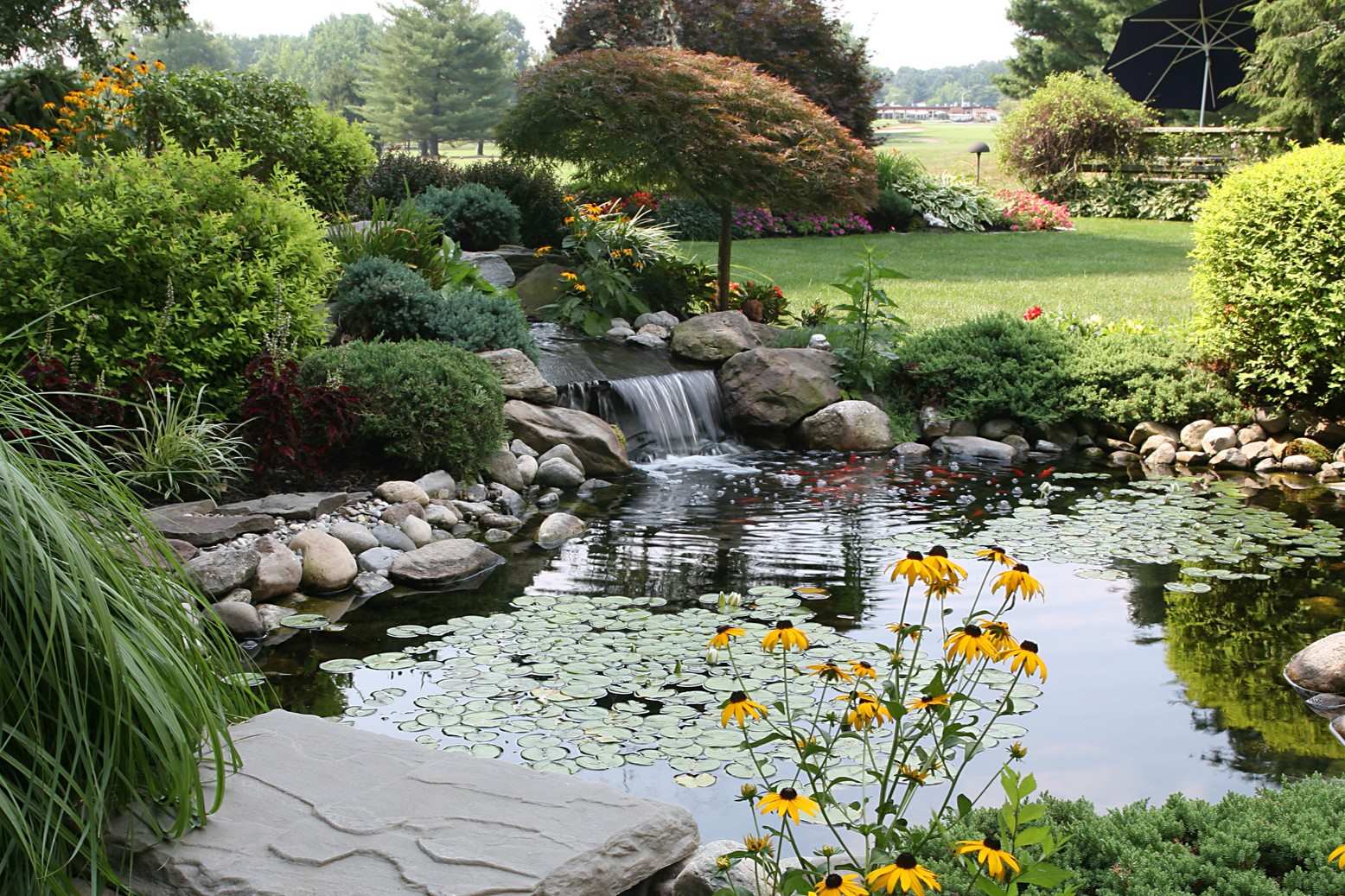
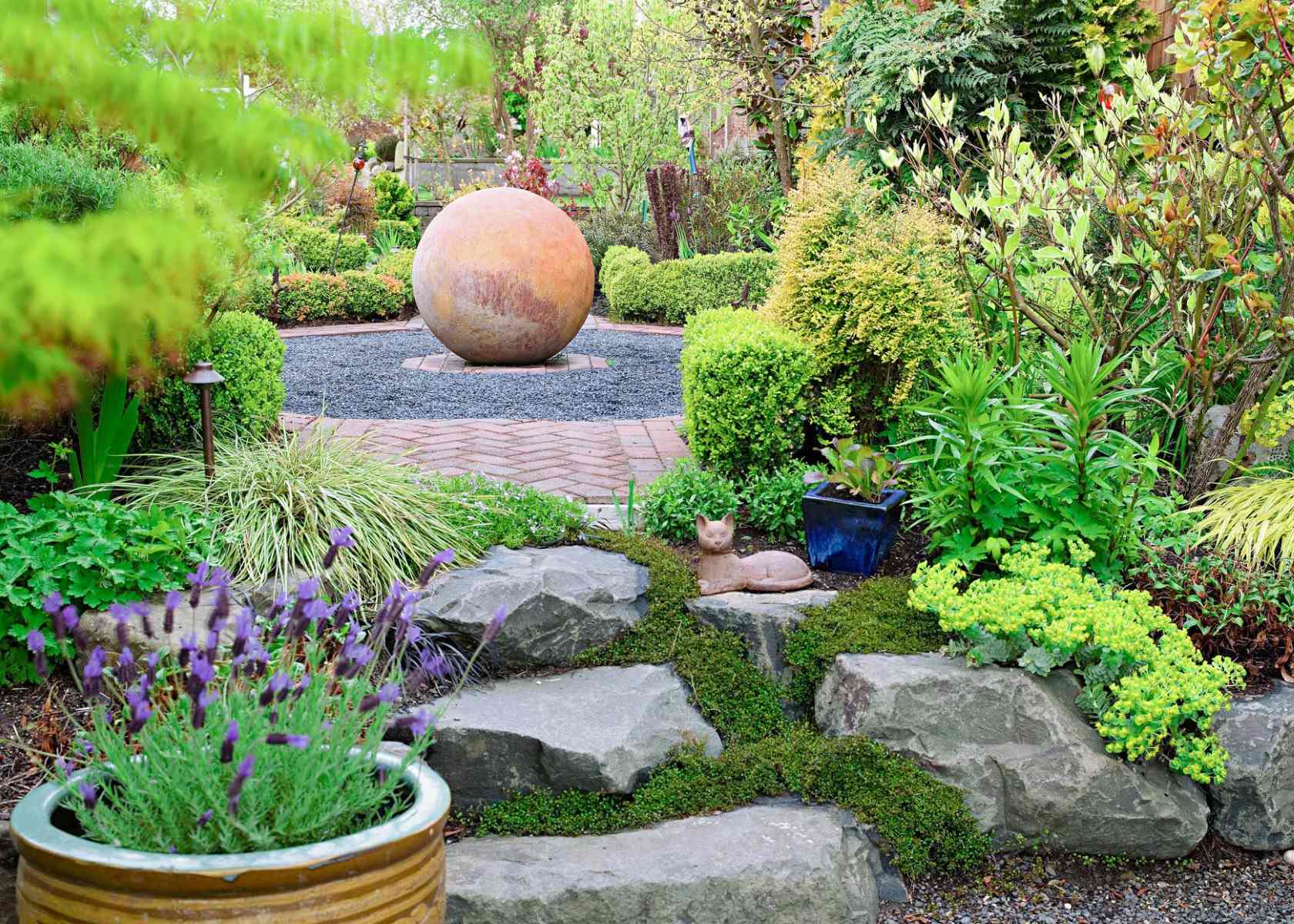
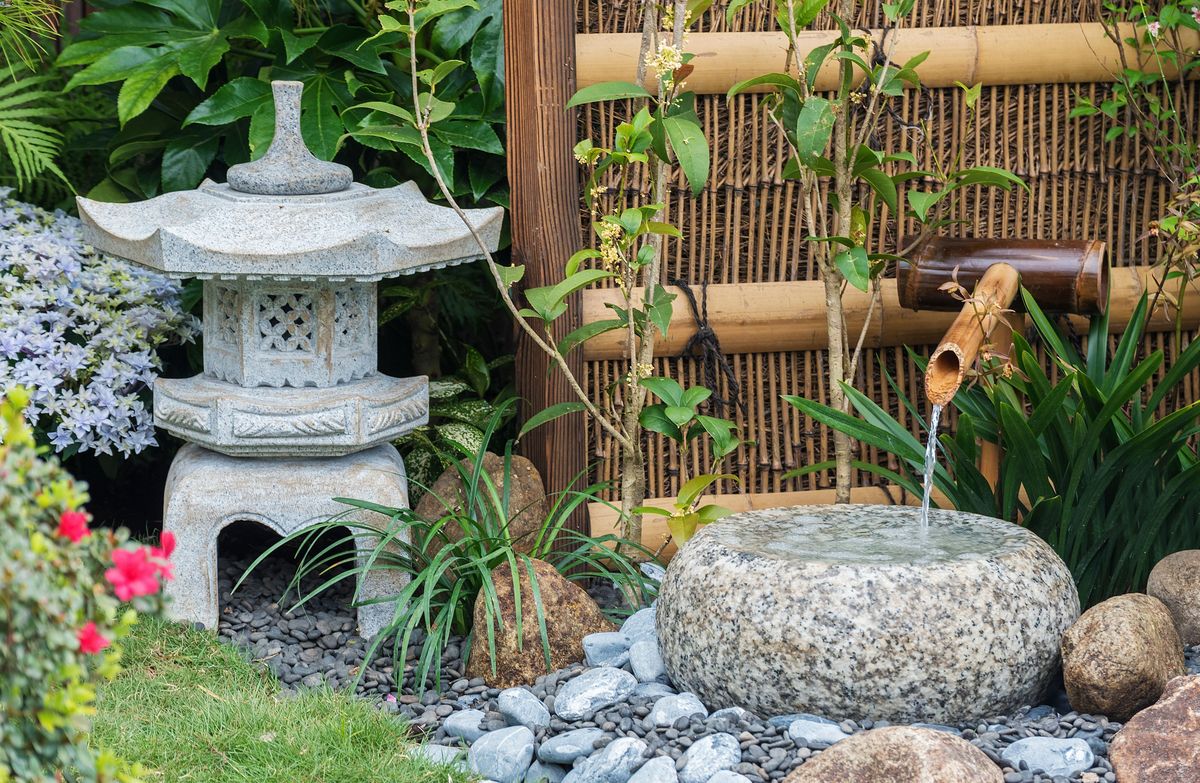

0 thoughts on “How To Design A Woodland Garden”